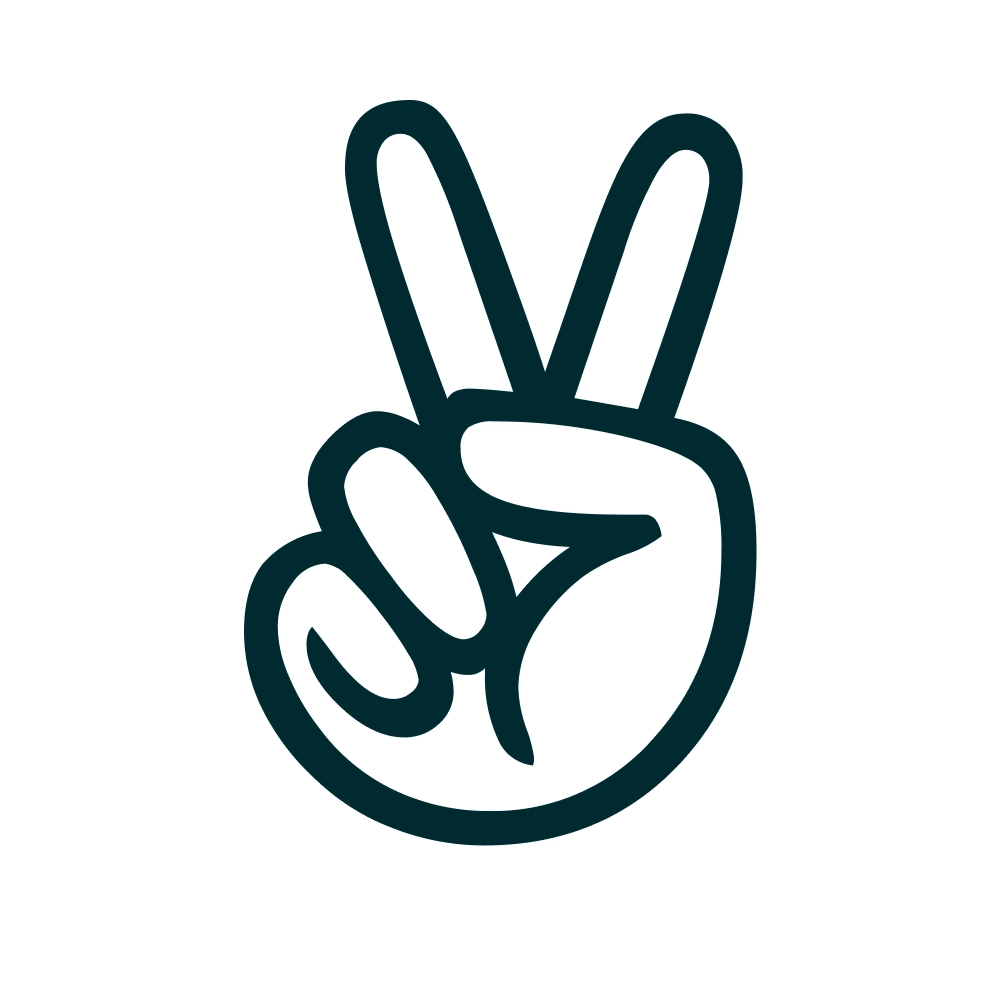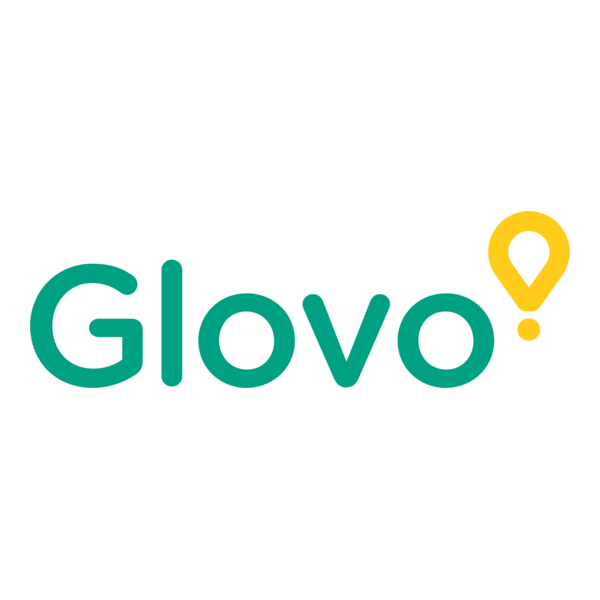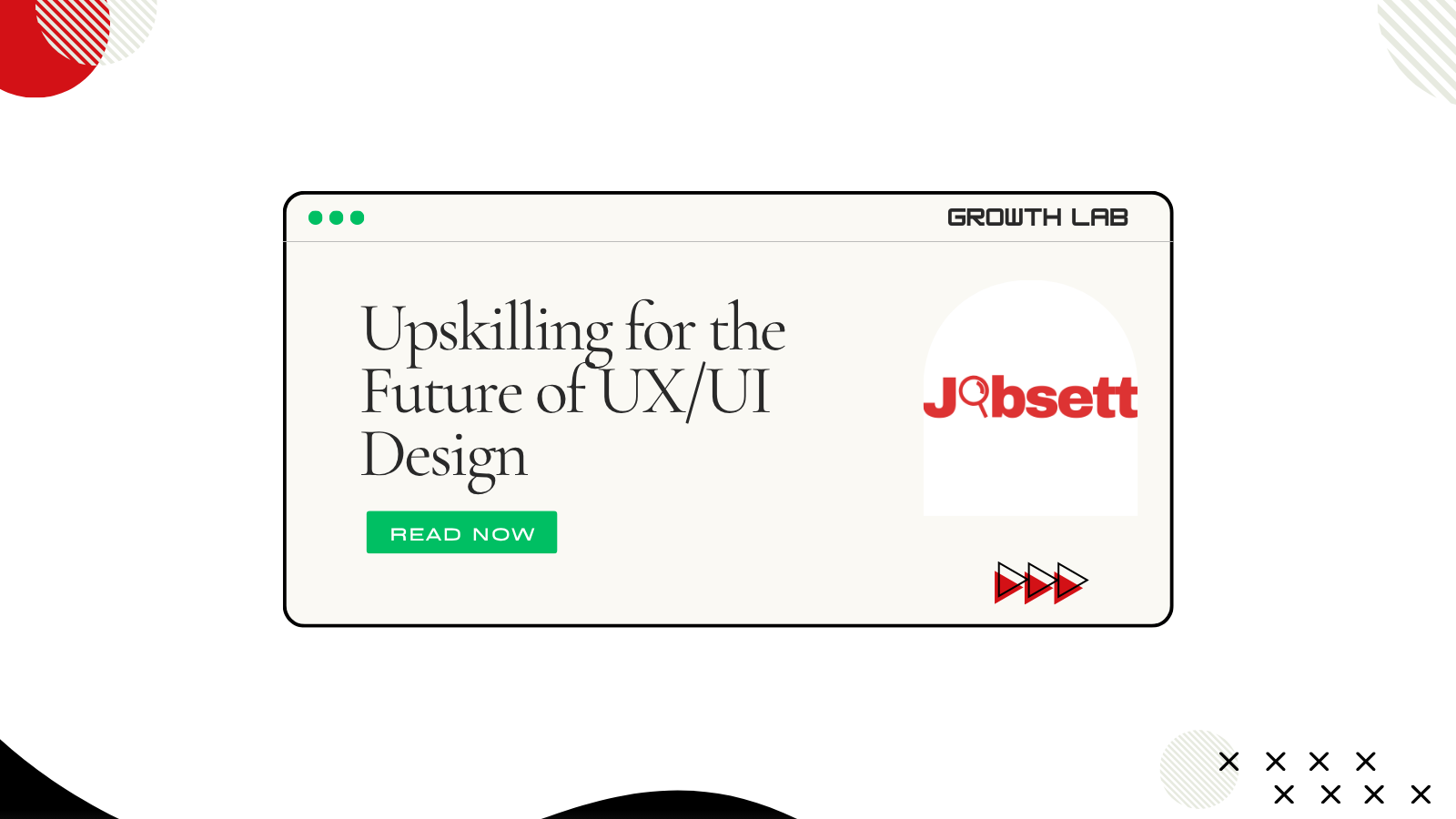The fields of User Experience (UX) and User Interface (UI) design are constantly evolving. What was cutting-edge yesterday might be standard practice tomorrow, driven by rapid technological advancements, changing user behaviors, and new industry demands. For designers, this dynamic landscape presents both exciting opportunities and the imperative to continuously learn and adapt. Upskilling for the future of UX/UI design is not just about keeping your resume current; it’s about expanding your capabilities, embracing emerging technologies, and future-proofing your career in a world increasingly shaped by digital experiences.
Why Upskilling is Non-Negotiable for UX/UI Designers
The core principles of good design remain timeless, but the tools, methodologies, and contexts in which designers operate are in constant flux. The rise of Artificial Intelligence, advanced data analytics, new platforms (like AR/VR), and increasingly complex ethical considerations mean that designers must evolve beyond traditional screen design. Continual upskilling for the future of UX/UI design ensures you remain relevant, competitive, and capable of tackling the challenges and opportunities that lie ahead, securing your place in the future of UX/UI design.
Key Areas for Upskilling in UX/UI Design
To prepare for the future, focus your learning on these pivotal areas:
1. AI Integration and Design for AI (AIxDesign)
Understanding how AI impacts user experiences is paramount. This includes:
- AI Ethics and Bias: Learning to identify and mitigate biases in AI-driven interfaces.
- Prompt Engineering for Design Tools: Utilizing AI writing and image generation tools effectively in your workflow.
- Designing for AI Interactions: Creating intuitive interfaces for chatbots, voice assistants, and other AI-powered features.
- Understanding Machine Learning Basics: Grasping fundamental AI concepts to collaborate effectively with data scientists and engineers.
The future of UX/UI design heavily intertwines with AI.
2. Data Literacy and Analytics for Designers
Design decisions should be data-informed. Upskilling in this area means:
- Understanding Key Metrics: Knowing which metrics matter for UX (e.g., conversion rates, task completion time, user retention).
- Basic Data Interpretation: Ability to read and draw insights from analytics dashboards.
- A/B Testing and User Behavior Analysis: Using data to validate design choices and identify areas for improvement.
This skill set empowers designers to advocate for their work with empirical evidence.
3. Advanced Research Methodologies and User Psychology
Go beyond basic usability testing. Delve deeper into:
- Ethnographic Research: Observing users in their natural environments.
- Cognitive Psychology for UX: Understanding how the human brain processes information and makes decisions.
- Accessibility and Inclusive Design: Designing for diverse user needs, including those with disabilities.
4. No-Code/Low-Code Prototyping and Development
While not requiring full coding expertise, understanding no-code/low-code platforms allows designers to rapidly prototype and even build functional components:
- Webflow/Bubble: Experimenting with these tools to bring designs closer to reality without developer intervention.
- Interactive Prototyping: Mastering advanced tools like Figma’s interactive components or ProtoPie.
This accelerates the design-to-development handover.
5. Business Acumen and Strategic Thinking
Designers are increasingly strategic partners. Upskilling here means:
- Understanding Business Goals: Aligning design solutions directly with business objectives and ROI.
- Product Strategy: Contributing to the “what” and “why” of product development, not just the “how.”
- Stakeholder Management and Communication: Effectively presenting design rationale to non-design audiences.
Practical Ways to Upskill for the Future of UX/UI Design
- Online Courses and Certifications: Platforms like Coursera, Udemy, edX, and Nielsen Norman Group offer specialized courses.
- Read Industry Reports and Books: Stay informed on trends, research, and thought leadership.
- Participate in Workshops and Bootcamps: Hands-on learning accelerates skill acquisition.
- Join Design Communities: Engage with other designers, ask questions, and share insights (e.g., on LinkedIn, ADPList, local meetups).
- Take on Personal Projects: Experiment with new tools and techniques on self-initiated projects.
- Seek Mentorship: Learn from experienced designers who are already navigating these new terrains.
Upskilling for the future of UX/UI design is a continuous journey, not a destination. By proactively embracing new technologies, deepening your understanding of user behavior and business strategy, and constantly refining your craft, you’ll not only adapt to change but also lead the way in creating truly impactful and human-centered digital experiences for years to come.

If you’re reading this then you’re in the right place. Happy hunting on Jobsett.com! Subscribe to our job alerts to stay updated on the latest jobs and check our live remote jobs.

























